cti4sw
Bronze Member
- Joined
- Jul 2, 2012
- Messages
- 1,555
- Reaction score
- 919
- Golden Thread
- 1
- Location
- Pennsylvania
- 🥇 Banner finds
- 1
- Detector(s) used
- Minelab Equinox 600, Garrett AT Pro, Pro Pointer
- Primary Interest:
- Relic Hunting
This isn't "today", so if the post needs to be moved, so be it.
A few weeks ago, I was digging (with permission) on a property located on the Lehigh University campus in Bethlehem, Pennsylvania. According to my research, the house I was at was built after 1874. I'd found quite a few interesting things here before, including a 1950s Hubley plane, silver coin purse hasps, antique tripod base, and so on. I was detecting the expansive front lawn when I got the first vintage coin, a 1937 Merc, and a bent rectangular copper plate that I at first dismissed as scrap until I noticed what I believed to be graduated measurement marks on its face.
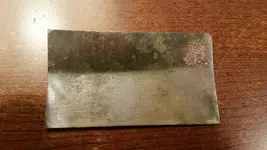
When I got home I used a wire wheel to clean off the oxide buildup. What I thought were graduated lines was actually a scripted name, etched in reverse, across the center of one side of the plate. After flipping some pics in Photoshop and applying a negative photo filter, I was able to decipher a name:


"Hr Ludwig C. Flaccus".
Then, with the help of the group at ID ME, the plate was determined to be a calling card printing template. The Lehigh Valley Historical Archive did some awesome genealogical research into the name, from which I compiled this bio:
Ludwig Carl Flaccus was born on October 12, 1878 in Altenwald, Germany. Little is known about his immediate family or childhood; it is speculated that he is a German aristocrat named Ludwig Konrad Wilhelm Flaccus, a baron in the court of Kaiser Wilhelm II, but this claim cannot be substantiated past the rarity of the surname and the marriage to Martha de Wyl (1880-1960). He visited the United States twice; once in 1910 aboard the SS Kronprinz Wilhelm, and again in 1912 aboard the SS Kaiser Wilhelm der Grosse. On both voyages, he listed his occupation as “engineer”.
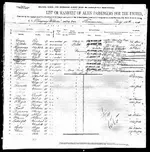
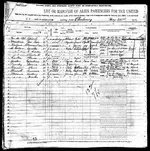
Following his arrival in 1910, Ludwig appears on the board of directors for the Lehigh Coke Company. In 1911 and 1913 he is awarded four patents for coke industry inventions (a coke oven door, a gas pipe cleaning device, a quenching mechanism, and some sort of reversing mechanism - all patents are documented and available). Lehigh Coke Company was founded and built in partnership with two German outfits with the sole purpose of supplying approximately 3,300 tons of coke daily to Bethlehem Steel. Lehigh Coke Company lasted until 1916, when it was purchased and dissolved by the Pittsburgh By-Product Coke Company. Ludwig appears in the 1912 directory for New York City.
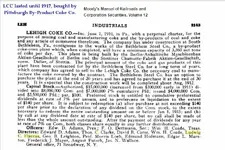
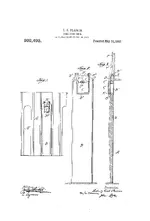
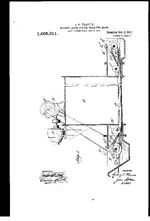
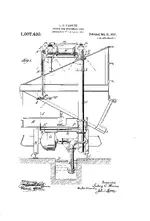
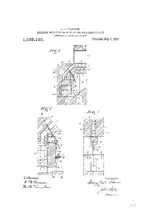
At the onset of the Great War, Ludwig and Martha returned to Germany and he received an officer’s commission (likely due to his education) upon his joining the army. It is not known what, if any, military campaigns he participated in. At his death on July 12, 1916, German military records show that he died in Mosul, Turkish Empire (now Iraq) of an unknown illness at age 37. He had reached the rank of Oberleutnant (USA 1st LT, O-2) and was part of the Special Command in Turkey.
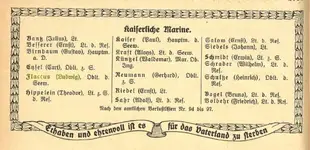
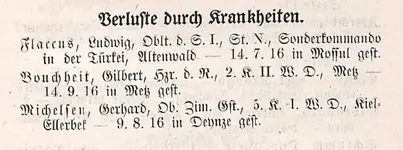

Follwing Ludwig’s death, Martha married Joan Walrave, Dutch baron van Haersolte, until she died in 1960.
I put this display together using a Riker 12"x16" case, and am currently in discussion with the National Museum of Industrial History in Allentown to add it to their collection for their grand opening next month. If they don't want it (for some odd reason), I'll try the Bethlehem Historical Society and then the Lower Saucon Historical Society.
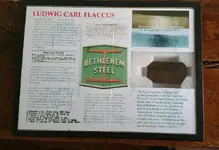
Thanks for reading!
A few weeks ago, I was digging (with permission) on a property located on the Lehigh University campus in Bethlehem, Pennsylvania. According to my research, the house I was at was built after 1874. I'd found quite a few interesting things here before, including a 1950s Hubley plane, silver coin purse hasps, antique tripod base, and so on. I was detecting the expansive front lawn when I got the first vintage coin, a 1937 Merc, and a bent rectangular copper plate that I at first dismissed as scrap until I noticed what I believed to be graduated measurement marks on its face.

When I got home I used a wire wheel to clean off the oxide buildup. What I thought were graduated lines was actually a scripted name, etched in reverse, across the center of one side of the plate. After flipping some pics in Photoshop and applying a negative photo filter, I was able to decipher a name:


"Hr Ludwig C. Flaccus".
Then, with the help of the group at ID ME, the plate was determined to be a calling card printing template. The Lehigh Valley Historical Archive did some awesome genealogical research into the name, from which I compiled this bio:
Ludwig Carl Flaccus was born on October 12, 1878 in Altenwald, Germany. Little is known about his immediate family or childhood; it is speculated that he is a German aristocrat named Ludwig Konrad Wilhelm Flaccus, a baron in the court of Kaiser Wilhelm II, but this claim cannot be substantiated past the rarity of the surname and the marriage to Martha de Wyl (1880-1960). He visited the United States twice; once in 1910 aboard the SS Kronprinz Wilhelm, and again in 1912 aboard the SS Kaiser Wilhelm der Grosse. On both voyages, he listed his occupation as “engineer”.


Following his arrival in 1910, Ludwig appears on the board of directors for the Lehigh Coke Company. In 1911 and 1913 he is awarded four patents for coke industry inventions (a coke oven door, a gas pipe cleaning device, a quenching mechanism, and some sort of reversing mechanism - all patents are documented and available). Lehigh Coke Company was founded and built in partnership with two German outfits with the sole purpose of supplying approximately 3,300 tons of coke daily to Bethlehem Steel. Lehigh Coke Company lasted until 1916, when it was purchased and dissolved by the Pittsburgh By-Product Coke Company. Ludwig appears in the 1912 directory for New York City.





At the onset of the Great War, Ludwig and Martha returned to Germany and he received an officer’s commission (likely due to his education) upon his joining the army. It is not known what, if any, military campaigns he participated in. At his death on July 12, 1916, German military records show that he died in Mosul, Turkish Empire (now Iraq) of an unknown illness at age 37. He had reached the rank of Oberleutnant (USA 1st LT, O-2) and was part of the Special Command in Turkey.



Follwing Ludwig’s death, Martha married Joan Walrave, Dutch baron van Haersolte, until she died in 1960.
I put this display together using a Riker 12"x16" case, and am currently in discussion with the National Museum of Industrial History in Allentown to add it to their collection for their grand opening next month. If they don't want it (for some odd reason), I'll try the Bethlehem Historical Society and then the Lower Saucon Historical Society.

Thanks for reading!
Upvote
33



 the research is almost as enjoyable as the metal detecting IMHO.
the research is almost as enjoyable as the metal detecting IMHO.